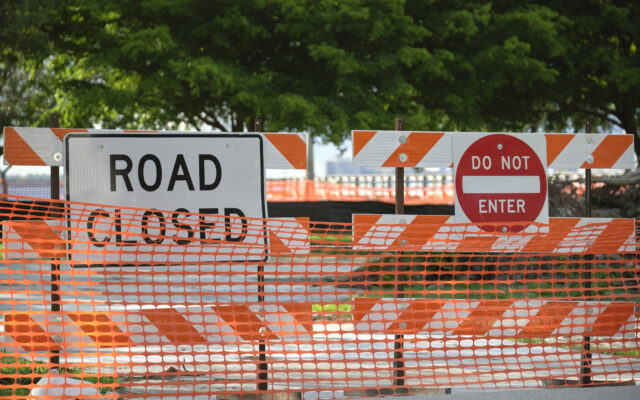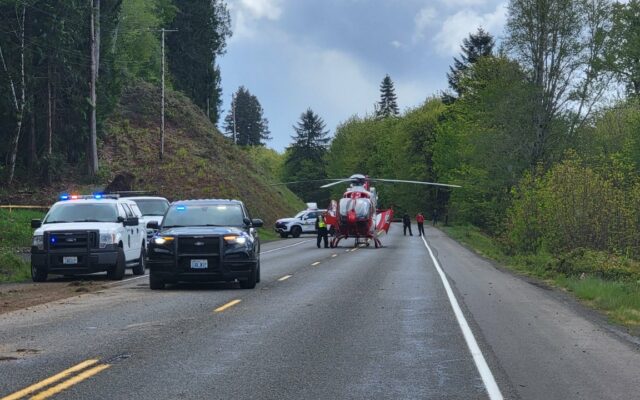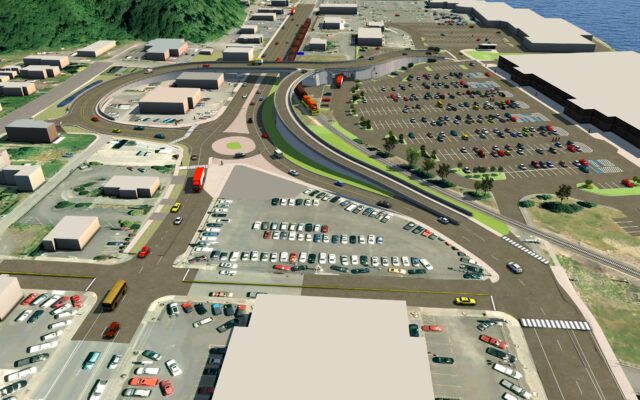Local offshore wind projects a key discussion during Coastal Marine Advisory Council meeting
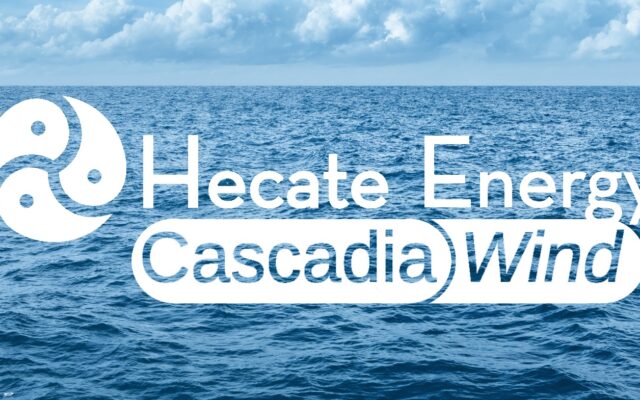
On Wednesday, the Washington Coastal Marine Advisory Council (WCMAC) held their December meeting to hear about a number of topics, but the focus of much of the day’s agenda was related to offshore wind projects and what impact they may have on Washington state.
Two projects have been proposed off the Grays Harbor and Pacific County coastline from Hecate Energy (Hecate) and Trident Winds, Inc. (Trident Winds).
Both companies have submitted unsolicited lease requests to the Bureau of Ocean Management (BOEM).
During the meeting, Hecate gave a presentation on their project that proposes up to 134 floating wind turbine generators in the project area approximately 17 miles off the coast, within an area that encompasses over 400 sq miles.
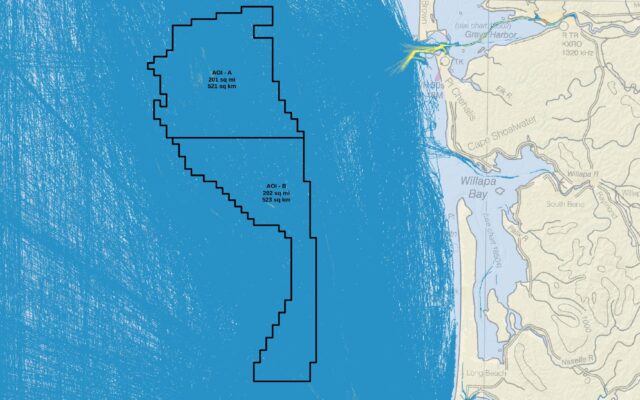
Neither the Cascadia Offshore Wind Project proposed by Hecate or the Olympic Wind project proposed by Trident have had lease locations approved by the BOEM nor local or state approval.
A number of questions were asked by members of the council regarding size and impact by the proposed offshore turbines, but Diane Sullivan, SVP, Environmental & Permitting at Hecate, presented the current status of the project and stated that the project is still in planning stages.
Larry Thevick, co-lead of the Offshore Wind Technical Committee, stated on multiple occasions in the meeting that the current siting and planning documents are not sufficient to understand the potential impacts to habitat, aquatic species, and industry by offshore wind.
Thevick added, referring to the recent lease auction process by BOEM in California, that industry professionals felt that the information provided as part of the process was lacking.
Tim Thompson, a consultant for Hecate, stated that the company intends to do much more preliminary research and work before a project comes to fruition.
During the meeting, in stating their Draft Principles of Engagement, the council asks that BOEM maintain “consistent, timely, meaningful, and responsive engagement opportunities prior to important decision making”, use local industry stakeholders as part of the process to inform any decisions, among other requests.
If a lease location were approved at the federal level, since the projects are sited within federal waters, there is a multiyear process to seek public input and conduct an environmental review.
If approved for a lease, and studies show that the impact would not be detrimental to the local area, the projects could deliver power by 2029.

